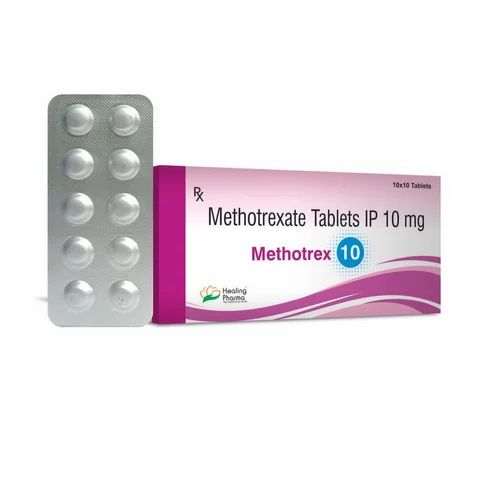Lichen Annularis: Symptoms, Causes, Treatment
What are the symptoms of lichen annularis?
Lichen annularis, also known as lichen planus annularis, is a rare form of lichen planus, a chronic inflammatory skin condition. Lichen annularis is characterized by the presence of small, raised, reddish-purple bumps that form ring-shaped or arc-shaped patterns on the skin. These bumps may flatten and become scaly over time. The symptoms of lichen annularis may include:
- Ring-shaped or arc-shaped patches: The hallmark symptom of lichen annularis is the formation of ring-shaped or arc-shaped patches on the skin. These patches are usually well-defined and may range in size from a few millimeters to several centimeters in diameter.
- Small, raised bumps: The patches of lichen annularis are composed of small, raised bumps that may be reddish-purple or brownish in color. These bumps may be itchy or tender.
- Scaling: As the bumps of lichen annularis flatten, the affected skin may become scaly or rough in texture.
- Symmetrical distribution: The patches of lichen annularis often appear symmetrically on the body, meaning they occur in the same location on both sides of the body.
- Localized or generalized: Lichen annularis can occur in localized areas of the body or may be more widespread (generalized).
- No other symptoms: In most cases, lichen annularis does not cause any other symptoms beyond the skin changes. However, some individuals may experience mild itching or discomfort.
It’s important to note that lichen annularis is a chronic condition, and the patches may persist for weeks, months, or even years. The condition may also go into remission spontaneously, with patches disappearing and reappearing over time. If you suspect you have lichen annularis or if you have persistent skin changes, it’s important to see a dermatologist for an accurate diagnosis and appropriate treatment.
What are the causes of lichen annularis?
The exact cause of lichen annularis is not well understood, but it is believed to be an autoimmune or inflammatory reaction that affects the skin. Factors that may contribute to the development of lichen annularis include:
- Autoimmune factors: Lichen annularis is thought to be an autoimmune disorder, where the body’s immune system mistakenly attacks the skin cells, leading to inflammation and the characteristic skin lesions.
- Genetic factors: There may be a genetic predisposition to developing lichen annularis, as the condition can sometimes run in families.
- Triggering factors: Certain factors, such as stress, infections, medications, or other skin injuries, may trigger the development of lichen annularis in susceptible individuals.
- Skin trauma: In some cases, lichen annularis may develop at the site of a previous skin injury or trauma, such as a burn, cut, or insect bite.
- Infections: Some researchers believe that certain viral infections, such as hepatitis C virus, may play a role in the development of lichen annularis, although this is not well-established.
- Other medical conditions: Lichen annularis has been associated with other medical conditions, such as diabetes, thyroid disorders, and autoimmune diseases, although the exact relationship is not fully understood.
It’s important to note that while these factors may contribute to the development of lichen annularis, the condition is complex and its exact cause is not well understood. Further research is needed to fully understand the underlying mechanisms of lichen annularis. If you have been diagnosed with lichen annularis, it’s important to work closely with a dermatologist to manage the condition and any underlying factors that may be contributing to it.
What is the treatment for lichen annularis?
Treatment for lichen annularis aims to reduce inflammation, relieve symptoms, and improve the appearance of the skin. The choice of treatment depends on the severity of the condition and may include:
- Topical corticosteroids: Topical corticosteroid creams or ointments are often used to reduce inflammation and itching associated with lichen annularis. These medications are applied directly to the affected skin.
- Topical calcineurin inhibitors: Tacrolimus (Protopic) and pimecrolimus (Elidel) are topical medications that suppress the immune response and can be used to treat lichen annularis, especially in sensitive areas such as the face and genitals.
- Topical retinoids: Topical retinoids, such as tretinoin (Retin-A), may help to normalize skin cell growth and reduce inflammation in lichen annularis.
- Phototherapy: Phototherapy involves exposing the skin to ultraviolet (UV) light to reduce inflammation and improve the appearance of the skin. Narrowband UVB phototherapy is often used to treat lichen annularis.
- Systemic medications: In severe cases of lichen annularis that do not respond to other treatments, systemic medications such as corticosteroids, methotrexate, or cyclosporine may be prescribed to suppress the immune response and reduce inflammation.
- Antihistamines: Oral antihistamines may be prescribed to help relieve itching associated with lichen annularis.
- Moisturizers: Keeping the skin well-moisturized can help to reduce dryness and itching associated with lichen annularis.
- Intralesional corticosteroid injections: In some cases, corticosteroids may be injected directly into the lesions to help reduce inflammation and flatten the bumps.
It’s important to note that treatment for lichen annularis may need to be continued for an extended period of time to effectively manage the condition. It’s also important to work closely with a dermatologist to monitor the condition and adjust treatment as needed. In some cases, lichen annularis may go into remission on its own, but treatment can help to manage symptoms and improve the appearance of the skin.




